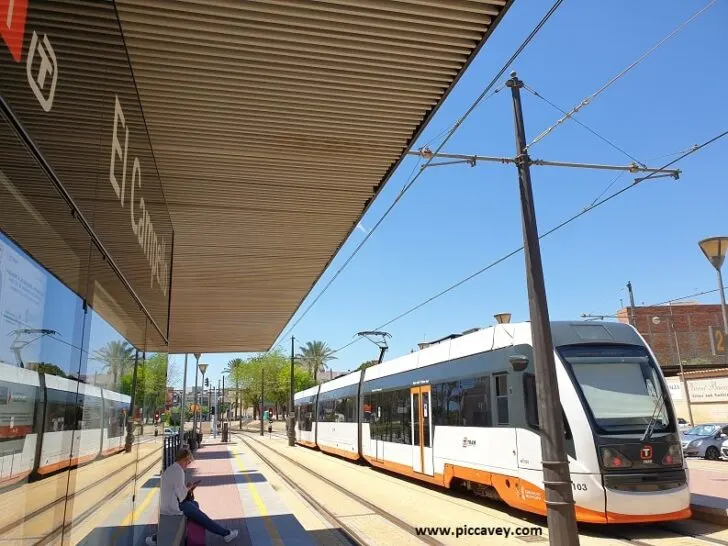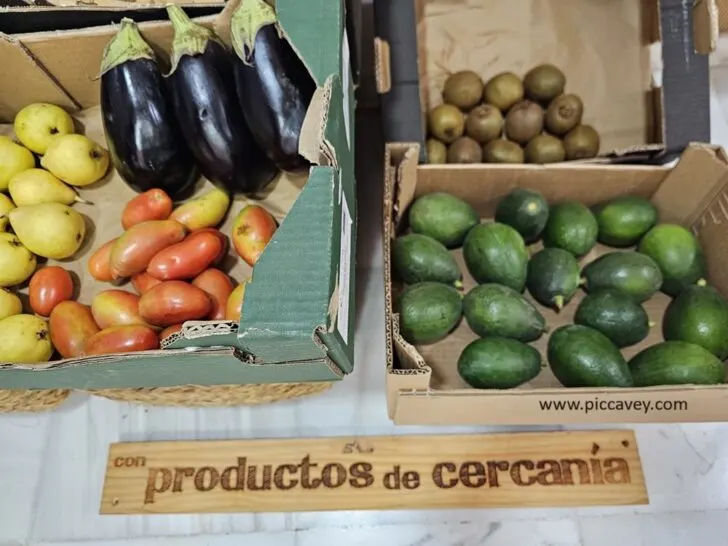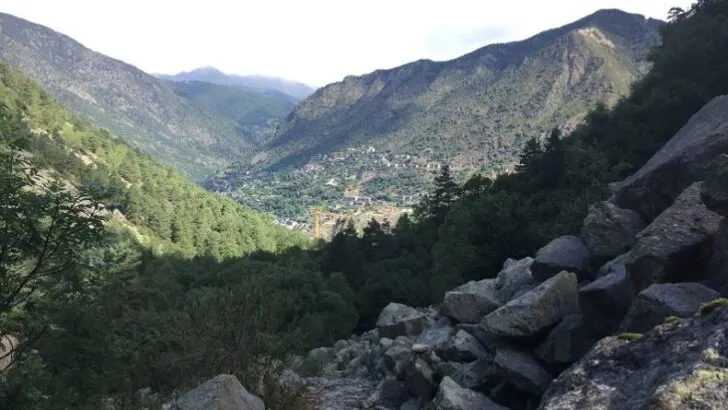Travel allows you to discover new cultures and explore other perspectives. However, depending on your habits and the choices you make during your travels, it can also be an unsustainable hobby that harms the environment. Pollution resulting from plane travel or popular tourist activities like sightseeing can harm wildlife and the surrounding ecosystems. Some destinations have even suffered transformations to their communities and towns over the past years. Travellers must be aware of their impact and their footprint. Yet there is a way to mitigate the risks and reduce your negative impact. Then you can enjoy your travels without worrying about the environment. Here’s what you can do during your next trip.
Carbon offsetting
Carbon offsetting is an action meant to compensate for the carbon dioxide in the atmosphere that comes as a result of human activity. The best way to achieve this during your next trip is to fly with an airline that has a special offsetting program you can benefit from. For an extra fee added to the cost of your ticket, you can donate to offsetting efforts. Many companies don’t advertise this service, so it’s best to do your own research before choosing one.
You can also donate to offset organisations yourself or choose to fly with an airline that tries to cut down on emissions, improve efficiency and use sustainable fuel. Mid-size passenger planes, going economy class and limiting layovers will also mediate the harm done to the environment. Check to see if an alternative is possible, such as high speed train or ferry crossing for shorter distances.

Sustainable destinations
The next time you travel, you can also look up how your set destination measures up based on sustainability standards. Copenhagen, the capital and most populous city of Denmark, is set to become completely carbon-neutral by 2025. Bordeaux, Helsinki, Singapore, Belfast, Brussels, Galway, Melbourne, Oslo and Stockholm are also among the most sustainable destinations on the planet. Make sure to get an eSIM before you leave to enjoy internet connectivity no matter where you are. You can read all about it here, as well as find information on the plan that would suit you best depending on how much time you plan to spend travelling.

Public transport
When you travel to a completely new destination, it’s natural that you’ll be somewhat confused and have a difficult time finding the right streets and spots you want to visit. But getting a taxi anytime you go sightseeing isn’t just bad for the environment, but also for your finances. Luckily, there’s a very simple alternative: public transport. You might need to do some research to get the hang of the bus or underground routes, but there are many special apps that can help you. And, of course, you can always ask the locals for extra information if you need it.

Eat Local
Eating local food has benefits beyond allowing you to immerse yourself in the cultural space you’re visiting. When you eat locally-produced or grown foods, you reduce your carbon footprint, as the ingredients don’t have to be shipped from far away. The foods are also more likely to be organic, with no pesticides used in creating them. Since you’re travelling to a new cultural space, you should explore the local cuisine and seasonal delicacies as well. While you can find international fare pretty much anywhere, it would be a pity and a missed opportunity to not try something local. And, of course, try to avoid food waste as much as possible.
Don’t order portion sizes that you know you can’t finish, and don’t get snacks you won’t eat. Remember, some things are an acquired taste, so if something sounds unpalatable to you, don’t get it just to throw it away.

Shop Local
Based on the same philosophy, you can also try to shop for local products if you want to bring souvenirs back home. Sustainability rules dictate that you should only make a purchase when you need something or you know you’re going to use it. If you need groceries, you can try a farmer’s market. There are also
local options for clothes or other handcrafted items. While the prices might be a little higher, the items are also more likely to be of higher quality, so they will maintain their appeal for longer, and you can keep them around more. Mass-produced items are often not made to last, and you have to throw them away relatively quickly after buying them.
Walk more
If you’re not a fan of walking, you might want to reconsider it to reduce your carbon footprint. If the landmarks you want to visit are within walking distance, you should walk as much as you can. It’s an excellent opportunity to get in some exercise and movement since you most likely won’t be able to
maintain a consistent workout routine when you’re travelling. You might also discover some truly charming but relatively unknown spots you wouldn’t have found otherwise.

Limit your luggage
If you will be away for several months, you might have to pack a little more, but most trips usually mean you’ll be away from home for a week or two. Bringing just a carry-on bag allows you to reduce costs since you don’t pay extra fees needed for the extra stuff. You also don’t have to worry about losing any of your possessions, something that happens more often lately, even when airline workers are careful. Since travelling light also means less weight, you reduce the plane’s fuel consumption as well. If you want to master this craft for long-term trips as well, you should focus on packing versatile clothing that can be mixed and matched and ready to do laundry at the hotel.
Living a more sustainable lifestyle means you’re more responsible and that you care about your community and the people around you. Very often, the small changes are the ones that matter much more than the grand gestures done every once in a while. Changing your daily habits and having a consistent routine that promotes sustainability will take you further. But sustainable habits are not just for when you’re at home. You should make use of them during your travels as well.




